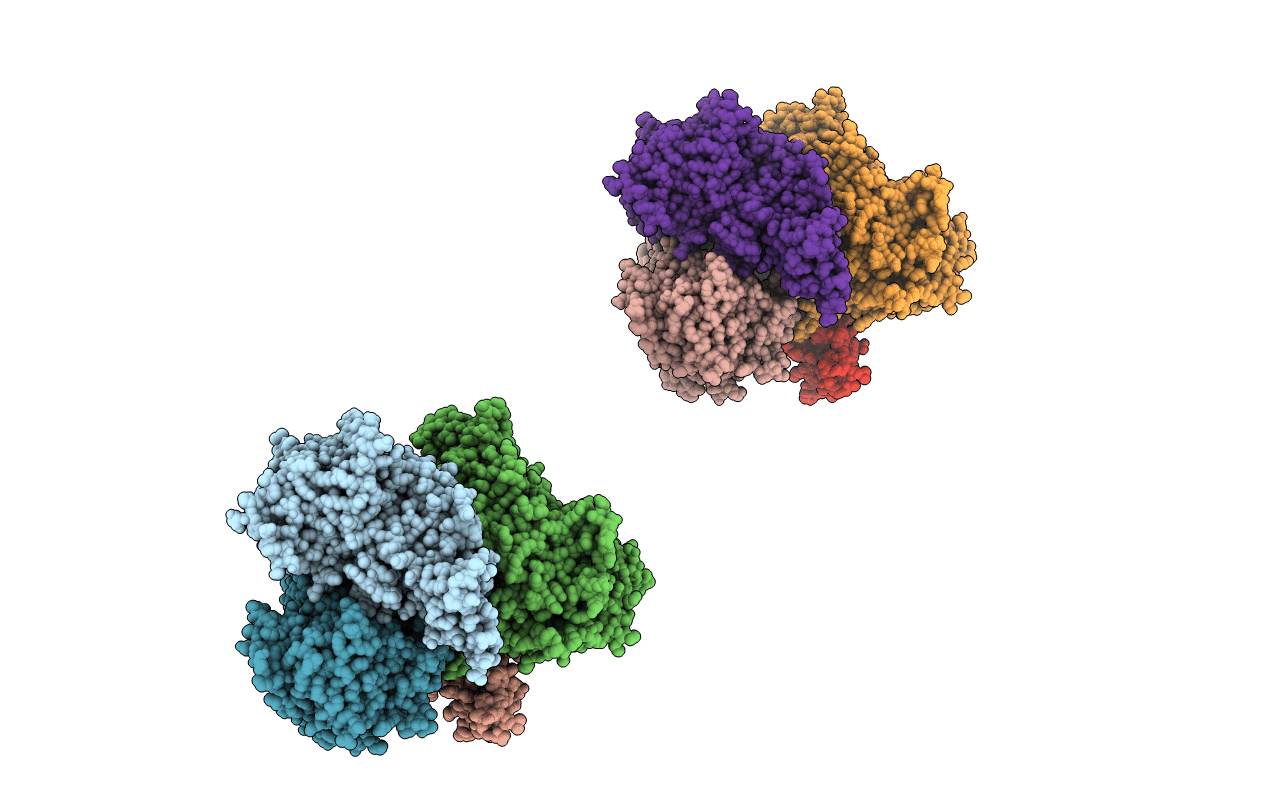
Deposition Date
2006-09-22
Release Date
2006-10-10
Last Version Date
2024-02-21
Entry Detail
PDB ID:
2IGO
Keywords:
Title:
Crystal structure of pyranose 2-oxidase H167A mutant with 2-fluoro-2-deoxy-D-glucose
Biological Source:
Source Organism:
Trametes ochracea (Taxon ID: 230624)
Host Organism:
Method Details:
Experimental Method:
Resolution:
1.95 Å
R-Value Free:
0.22
R-Value Work:
0.18
R-Value Observed:
0.18
Space Group:
P 1 21 1


